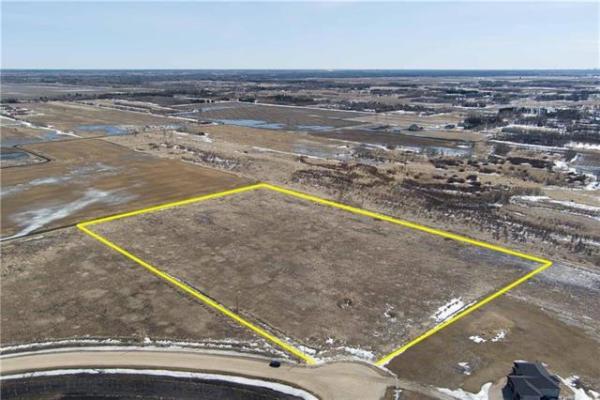Writing this column over the years, I have heard from many readers that they have followed my advice and now have a more informed understanding of how they can better take care of their trees and woody shrubs. I have found that some readers, especially this year it seems, have passed along the articles to their friends and families. I am sure my articles have been passed along every year, though.
The articles dealing with dangerous trees have been much appreciated, as they have made people realize that stressed trees in their yards can be dangerous and are a serious liability.
If trees look dangerous they could be in a serious condition and fall at any time, causing damage to your or your neighbour’s property.
You do not want your trees causing injury — especially to people and pets.
I wrote an article not too long ago about my Resistograph — a specialized tool for determining decay and weak wood in trees.
The graph produced by this machine clearly shows people that trees can have interior decayed wood that simply does not show up on the surface.
The wood decay can indeed be serious, especially if the wood has decayed so extensively that there is a distinct and dangerous hollow area inside the tree.
I have received calls from many people who have had me come out and use my Resistograph to determine how healthy their tree is, or have it pruned or cut down and then thanked me when the latest windstorm hit and they didn’t wake up in the night worried that the tree might come down unexpectedly.
No living mature tree, however, can be guaranteed safe.
This past year has been a season of diseases in fruit trees — especially apple trees. When humidity is low during the summer, the occurrence of disease is normally reduced.
This past summer and the summer of the year before have had long periods of higher-than-normal humidity. Apple production has been especially high — on healthy trees.
For a variety of reasons, fruit trees get stressed and become targets for fungal and bacterial diseases.
Some of the more common reasons for this are: too much shade from taller trees and buildings, bad pruning cuts in previous years that have left stub branches that are readily targeted by diseases and decay fungi, and by sheer neglect.
I do give courses in proper fruit and shade-tree pruning at least twice a year. I also give courses on pruning coniferous evergreen trees.
Get in touch with me and I will let you know when the next course is being offered.
For larger trees, it will likely be necessary to hire a licensed arborist to do specific tree work, especially higher up in the tree.
When I examine trees on private property, I usually hand out a list of recommended arborists.
I list only those arborists who are licensed by the province and are current members of the International Society of Arboriculture.
Clients who have followed my advice have contacted me or even had me come out to see how well their trees are now doing.
In my business, I inspect not only stressed trees, but woody shrubs as well.
Generally, I find most of the gardeners I encounter do not know how to properly prune woody shrubs. I also give courses on that. Smaller shrubs do not mind being sheared and shaped; however larger shrubs, except lilacs, more often than not do not like to be sheared.
Normally, larger shrubs are best pruned in the fall or, if necessary, earlier in the late winter.
The reason for fall pruning relates to these shrubs’ susceptibility to fungal infections, which are most common during the spring and summer.
I have discussed the pitfalls of summer pruning in a number of articles in the Free Press over the years.
What warms my heart and makes my day is when I hear from former clients about how their trees are doing. I remember a client whose linden tree was losing leaves; two years later the tree is now thriving.
In another instance, a client had an Amur maple tree that was producing leaves that were turning yellow in the summer, with brown blotches on the leaf surface. The tree was diseased.
The client followed my three-year plan and now the tree has been nursed back to health.
Although I do write about tree diseases and problems, not all is doom and gloom.
Yes there is a time when nothing more can be done.
Yet, in many cases, there are solutions if problems are caught early and homeowners are willing to follow a regime.
What I do know for sure is people love their trees and want the best for them.
Enjoy trees as they show off their fall colour, are silent sentinels during winter, celebrate rebirth in the spring and provide shade and cooling in the summer.
They are worth the effort.
Michael Allen M.Sc.F., RPF (ret’d) is a consulting urban forester, tree diagnostician and certified arborist. He owns Viburnum Tree Experts. He can be reached at 204-831-6503 or 204-223-7709, or at viburnumtrees@shaw.ca His web site is treeexperts.mb.ca




